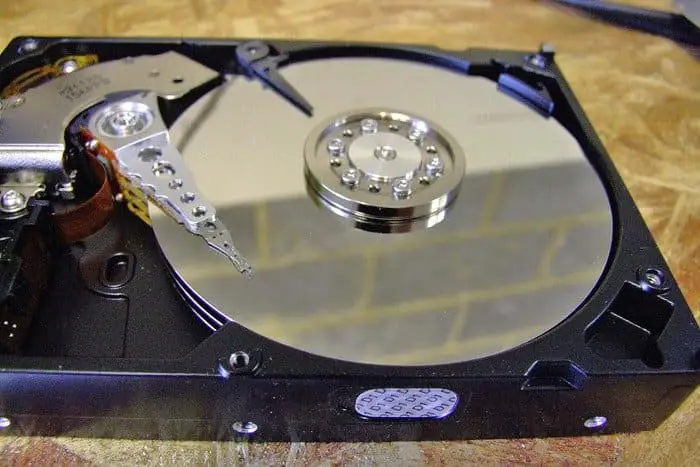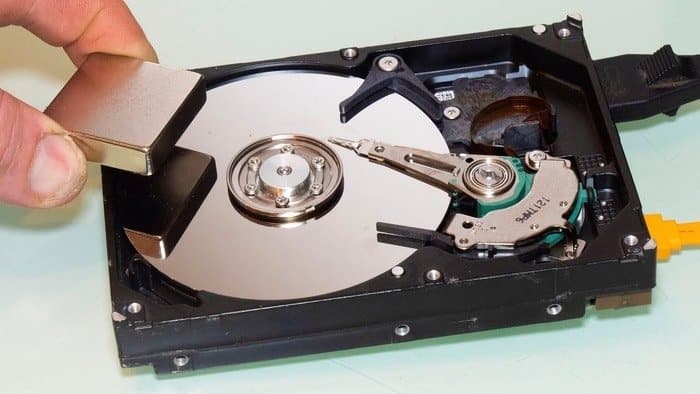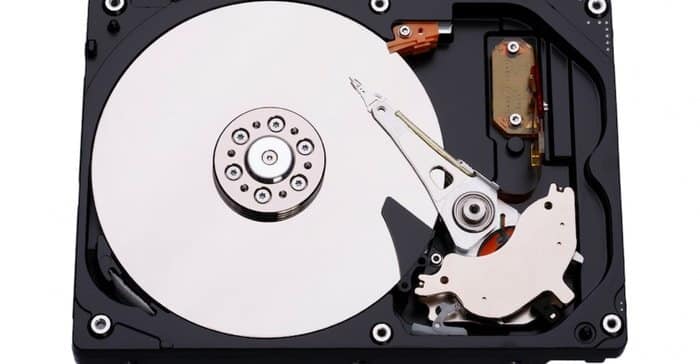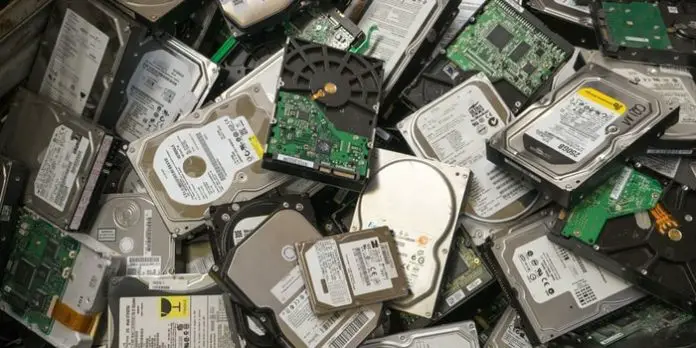It must be accepted that desktop hard drive is an important part of desktop computers, although all computing divisions are a very important part of the storage media, it is more important especially for desktop computers.
Some important terms for desktop hard drives must be known, whether it’s when buying a new desktop or when you’re putting new drives on old computers. I shared the guidelines for buying external drives a few days ago and since then I’ve been telling you the primary hard disk purchase guide, which is even more important.
The good news here is that it’s not that difficult to select the right desktop hard disk for the right work. And it’s easy to understand computer drive specifications. When buying a hard disk, you usually have to keep two things in mind, and that’s two: disk capacity and speed. You’ll get multiple capacities options and speed ratings for hard drives, hundreds of options that can come to you, but which one selections are exactly what you want to do? — This article contains details about these issues.
Desktop Hard Drive Type
 The hard disk is not to say you bought whatever you wanted, but you didn’t even think about what you were buying for a job. Although there are different types of storage solutions in the market, if only mechanical drives are there, there are many types of drives and each type is targeted for different tasks. Usually, there are three types of hard drives, standard desktop drives, NASS drive, and Enterprise desktop hard drive. If you are thinking of buying a drive for a normal desktop PC, the standard desktop drive will be enough for you, no need to buy a NAS or enterprise-grade drive.
The hard disk is not to say you bought whatever you wanted, but you didn’t even think about what you were buying for a job. Although there are different types of storage solutions in the market, if only mechanical drives are there, there are many types of drives and each type is targeted for different tasks. Usually, there are three types of hard drives, standard desktop drives, NASS drive, and Enterprise desktop hard drive. If you are thinking of buying a drive for a normal desktop PC, the standard desktop drive will be enough for you, no need to buy a NAS or enterprise-grade drive.
Sometimes there are no performance differences between all types of drives, just a few different protections. For example, normal NAS drives and desktop drives perform the same, but the desktop drive is rated 7-8 hours a day, with a 24-hour drive rating on AA’s drive or enterprise drive. The expensive drives also have shock and vibration protection. If you have multiple drives installed on your computer, the vibration protection may be useful.
I’ve already taken the differences in the hard drive, Desktop, NAS, Enterprise. Which one to buy? — I’ve discussed this article in detail. In the case of desktop hard drive variation selection, it is best to buy AS drives without buying a normal desktop drive, even if you don’t look at different types when buying a normal desktop drive. And you won’t need an enterprise-grade drive without a server or a special backup system.
Desktop Hard Drive Capacity
 It’s easy to understand the desktop hard drive or any media storage capacity rating. Maybe you’ve already been in a state of shock without reading this paragraph. From hard disks to almost any computer storage media manufacturer, companies rate their storage solutions as GB (GB) or TB (Terabytes). If I say it alone, these drives are capable of storing trillion bytes of data by gigabytes and terabytes.
It’s easy to understand the desktop hard drive or any media storage capacity rating. Maybe you’ve already been in a state of shock without reading this paragraph. From hard disks to almost any computer storage media manufacturer, companies rate their storage solutions as GB (GB) or TB (Terabytes). If I say it alone, these drives are capable of storing trillion bytes of data by gigabytes and terabytes.
Your drive is written on a capacity, especially on the drive. Today, standard desktop drive size is 1 terabyte, although it is possible to meet the general computing requirements in a smaller capacity, at present, the cost of the drive is much lower so you can buy a few terabytes of the drive starting from 1 terabyte. If you love to download movies and big games, the more capacity you have, the better.
If you use a computer only to run the software that is needed for work, a few gigabytes of capacity may be enough. But there is a special term on the capacity, which makes many of us confused. The hard drive may have a rating of 1 terabyte, but when you put it on the computer, 931 gigabytes are displayed. So where does the rest of the space go? — No problem, I’m going to explain the whole thing to “Where do you go with the lost spaces on your hard drive?” I wrote this article, you will find answers to all the questions here.
Desktop Hard Drive Performance
Now, I’ve come across the most important paragraph, drive performance or drive speed is a much more important term for computers. Many blame computer ram or processor for slow computers, but most of the time the computer’s tasks are slow due to poor drive performance. Mechanical drive performance is largely dependent on four factors: (1) connection interface, (2) mechanical speed of the drive, (3) access time, and (4) buffer size.
There are currently two types of interfaces available in the market for PC or personal computer drives: Serial ATA (SATA) and IDE (ATA). Some of the previous high-performance desktops would have seen the SCSI interface, but now these two interfaces are basically visible. The IDE interface is currently the most visible on personal computers. Connection speed can be found from the ide interface number. Speed ranges from ATA/33 to ATA/133 are available. Most desktop drives today are ATA/100, which means that the interface will support speeds up to 100 MB/second.
On the other hand, The Serial ATA or SATA is a new interface and it is re-replaced by the IDE interface. This interface is very common and only one cable is used for a drive. The new interface is capable of speeds from 150 MB/second to 300 MB/second.
Now if we talk about hard drive mechanical spinning speed, you know, the hard drive has a few discs and they move physically. These disks can be accessed at the speed of data as fast as possible. The standard spinning rate for most desktop drives today is 7200 RPM (Revolution/Minute). There are some high-quality desktop drives that can run at 10,000 pm. Here is a 5400 RPM drive in the market, which is definitely slower than 7200 rpm. So, of course, your drive should be at least 7200 rpm, not less.
The rating of how quickly the head of your hard drive reaches the disk and captures the data from it is called response time. The sooner you access the head disk, the faster it can be re-read or re-write the data. This article will provide you with details about the structure of the hard disk and how the work is done.
The final step of performance is the buffer size of the drive. From putting a small capacity ram in your drive. This RAM especially stores data that the computer has repeatedly accessed from hard drives, which is stored on hard disks, the RAM is usually very fast memory, so the random access data can transfer to the drive computer. As the buffer size, the drive will be able to save the cash ram and the data will be transferred much faster. However, the normal drive has an 8 MB buffer size and a high-performance drive can see buffer size up to 16 MB.
SSD and Hybrid Drive
 Solid State Drive Best can help if you want to get a high performance or low boot time on a desktop computer. No matter how high-performance desktop hard drives you use, only a simple solid test drive can drown the high-performance mechanical drive. Although I’ve written many articles about SSD before, you’ll find many articles when you type “SSD” in the search bar.
Solid State Drive Best can help if you want to get a high performance or low boot time on a desktop computer. No matter how high-performance desktop hard drives you use, only a simple solid test drive can drown the high-performance mechanical drive. Although I’ve written many articles about SSD before, you’ll find many articles when you type “SSD” in the search bar.
There’s another type of drive, hybrid drive – which I’ve written about before; SSD and hard drives are connected here. Programs and operating systems are surveyed from the SSD module and the files are served from the hard drive module. The real focus of this drive is to keep the low price between good performance and storage capacity.
The biggest problem with SSD is its price, although it has been down a lot today, yet another limitation is capacity. SSD is available only for a few terabytes (on a single drive) – where the hard disk is available to the large capacity and the price is very low. However, we will not discuss SSD or hybrid drives again in this article, especially in the desktop hard drive.
Recommended Post: Is Laptop Battery Dead? – Know How to Fix!
HDD Decision
I’ve discussed enough in the paragraphs above, it’s time to make the right decision. I hope you’ve been able to make the right decision yourself, but I’m still re-recreating the hard drive to make the guideline easier. If your work is not in a specific category, you don’t need to buy a high RPM drive or a high capability. Look at the chart below, I hope it will help you a lot.
Capacity RPM
| Task | Capacity | RPM |
| Word Processing Software | 250 GB (or more) | 5400 rpm |
| Web Browsing | 320 GB (or more) | 7200 RPM |
| Digital Music | 750 GB (or more) | 7200 RPM |
| Gaming | 1 terabyte (or more) | 7200 RPM |
| Graphics Editing | 1.5 terabytes (or more) | 7200 RPM |
| Digital Video | 2 terabytes (or more) |
Final Thought
So, my friend, this was some simple guideline that must be followed when buying a new desktop hard drive. If you can choose the hard drive correctly, you can benefit from both your money and performance. I hope you’ll get a lot of help from the chart above, but if any help is needed, please comment below.





